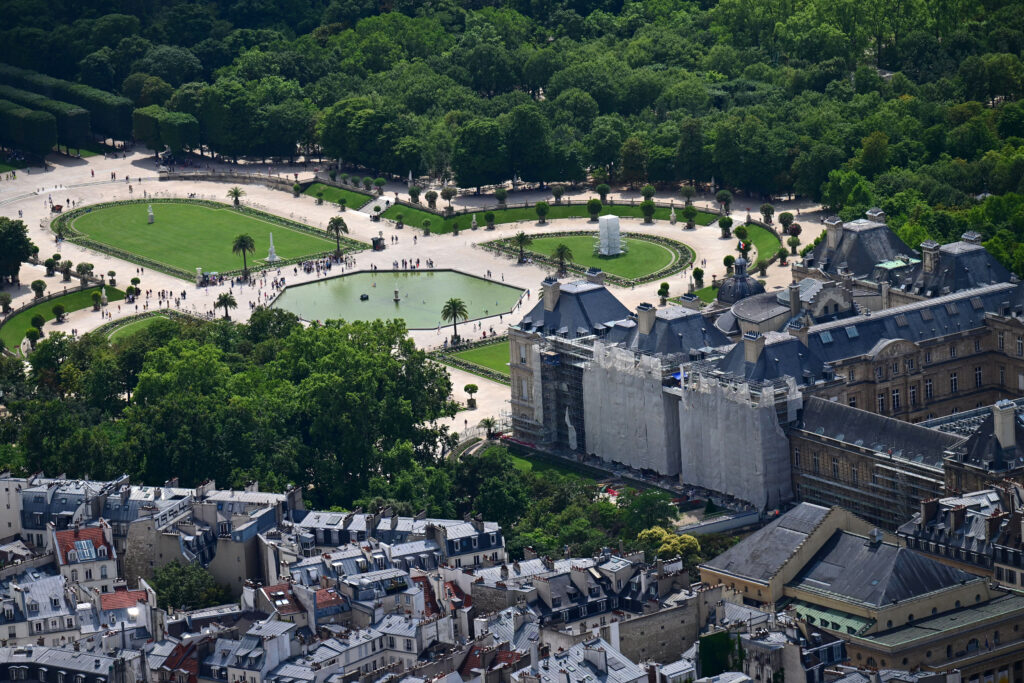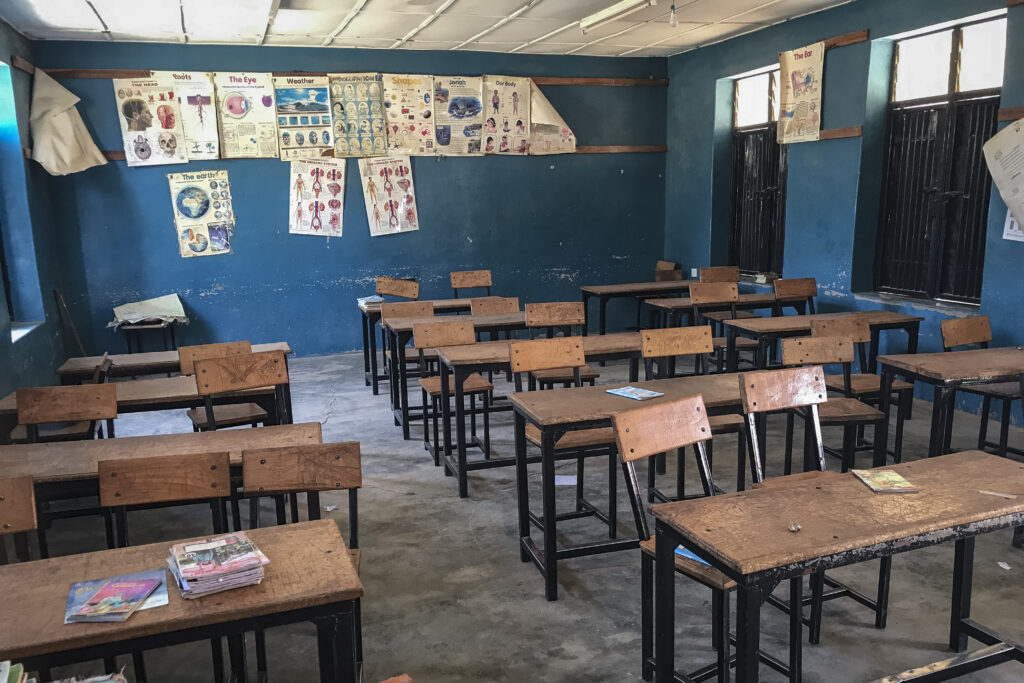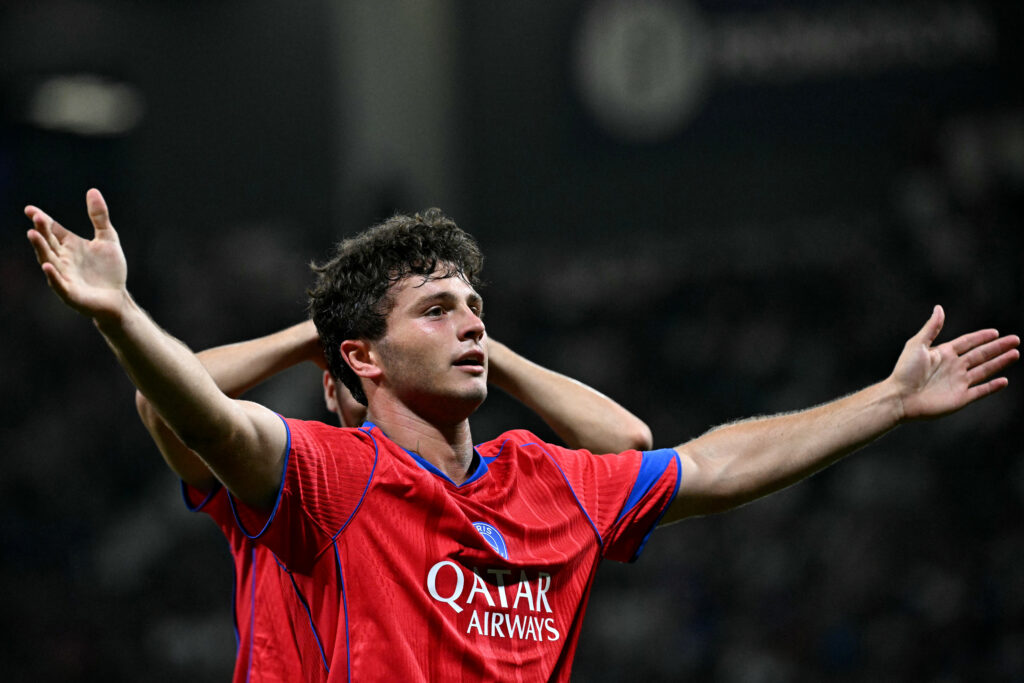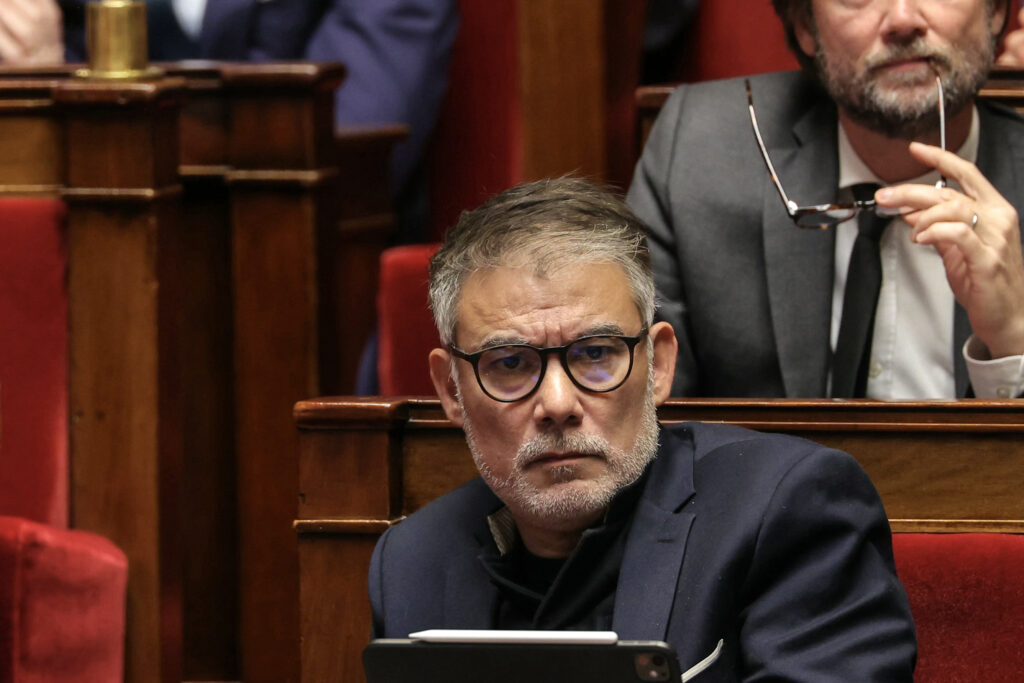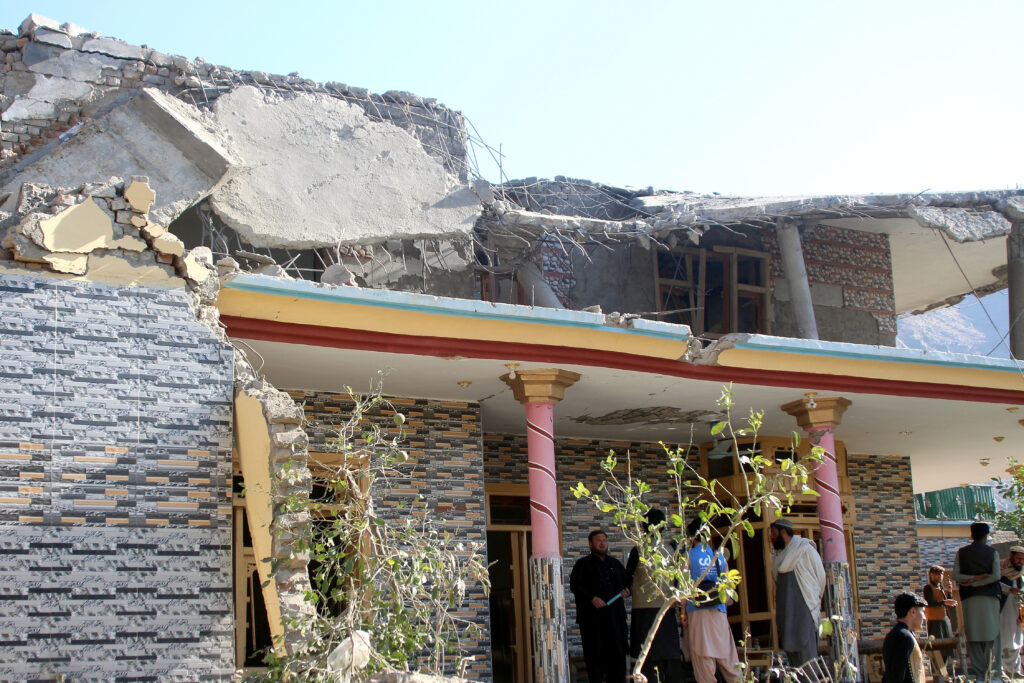Le Sénat adopte le budget de “fin de gestion” pour 2025
Le Sénat a adopté mardi le projet de loi de “fin de gestion” pour 2025, un texte technique examiné en parallèle du budget 2026 pour fixer les derniers ajustements financiers de l’année en cours, marquée par un déficit atteignant 5,4% du PIB.Ce texte a été voté par la droite et l’ensemble du bloc central, tandis que la gauche s’y est opposée. L’Assemblée nationale, elle, l’avait rejeté en première lecture.Députés et sénateurs tenteront de se mettre d’accord sur une version de compromis lors d’une commission mixte paritaire (CMP) prévue jeudi matin. Il faudra ensuite que ce texte commun soit adopté dans les deux chambres la semaine prochaine, obligeant le gouvernement à espérer que certains groupes d’opposition s’abstiennent ou votent favorablement.La mission paraît néanmoins beaucoup moins périlleuse que sur le budget pour 2026, objet éminemment plus politique.”Ce texte est d’abord technique et il ne vise rien d’autre qu’à être collectivement capable de bien finir l’année”, a ainsi plaidé la ministre des Comptes publics Amélie de Montchalin. Il permet de “garantir précisément et en toute transparence les jalons essentiels qui nous permettront de respecter la cible de déficit de 5,4% (du PIB) en 2025”, a-t-elle ajouté.En effet, le budget de “fin de gestion” respecte l’engagement initial du gouvernement sans dégrader le déficit, au contraire des années précédentes. Il prévoit tout de même quelques ouvertures et annulations de crédits, comme 190 millions supplémentaires pour des dépenses de sécurité en Outre-mer et contre les incendies estivaux. Côté annulation, 1,6 milliard sont notamment ponctionnés sur le programme d’investissements “France 2030″, le gouvernement invoquant un surplus de trésorerie.”Il faut saluer l’effort accompli en 2025 et le considérer comme un point de départ du redressement, mais aucunement comme un point d’arrivée”, a reconnu le rapporteur général du budget au Sénat, Jean-François Husson (Les Républicains), qui est par ailleurs beaucoup plus critique sur le budget pour 2026, dont le Sénat se saisit jeudi dans l’hémicycle. Il a suggéré l’adoption du texte, non sans obtenir le vote de quelques amendements, comme une rallonge de 50 millions pour la “mission d’aménagement du territoire” dévolue à La Poste, par exemple.La gauche a regretté la priorité donnée à la baisse des dépenses. “C’est la technique du rabot qui est privilégiée, en ciblant d’abord le plus facile, le budget d’investissement”, a épinglé le sénateur Grégory Blanc (groupe écologiste).
